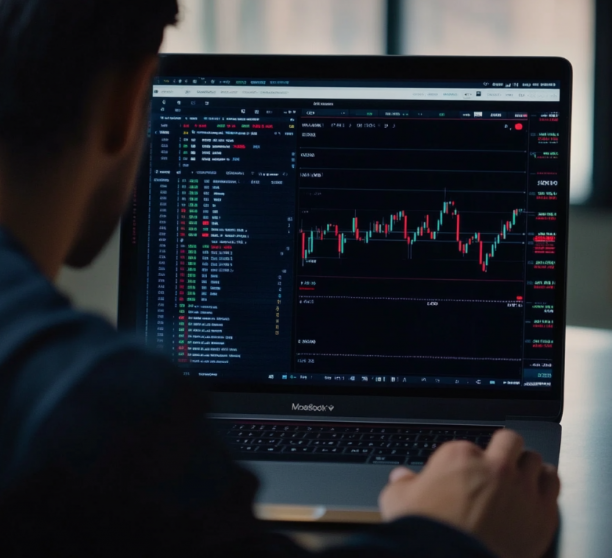Trading commodities can be both a lucrative and precarious endeavor. With prices heavily influenced by global demand, supply chains, geopolitical tensions, and even speculative chatter, the potential for both gain and loss is significant. While market swings may create profit opportunities, they also carry inherent risks that, if unmanaged, can lead to serious financial setbacks. That’s where risk management becomes indispensable for traders seeking sustainability in volatile markets.
Understanding Risk Management in Trading
Risk management is the practice of identifying and mitigating threats that could impact trading outcomes. In the context of commodities, it involves financial strategies designed to reduce the effects of price fluctuations, currency shifts, and sudden market changes. The goal isn’t to eliminate risk entirely, but to control exposure and minimize potential losses.
Commodity Market Risks: An Overview
Price instability is a hallmark of commodity trading. Market participants—buyers, sellers, and traders—must navigate price swings caused by factors ranging from weather events and political developments to shifts in supply and demand. For buyers, risk often stems from rising prices that inflate costs. Sellers, on the other hand, worry about declining prices that shrink profit margins.
Hedging and Futures: Key Tools for Risk Control
Two of the most popular mechanisms for managing price volatility are futures and options contracts. Futures allow traders to lock in prices for future transactions, shielding them from unexpected market movements. Options, meanwhile, offer the flexibility to buy or sell at preset prices without obligating the trader, providing a cushion against adverse shifts.
Drivers Behind Commodity Price Movements
Several elements influence commodity pricing. These include seasonal consumption patterns, technological developments, weather conditions, and political decisions. Traders who monitor these variables closely are better equipped to anticipate changes and adjust their strategies accordingly.
Essential Strategies for Managing Risk
- Diversification
Spreading investments across different commodities and sectors can reduce vulnerability. Losses in one area may be offset by gains in another, offering a natural balance that supports financial stability. - Strategic Hedging
Futures and options serve as effective hedging tools. While futures contracts secure transaction prices ahead of time, options grant the choice to trade under specific conditions, limiting exposure to unfavorable outcomes. - Dual-Lens Analysis
A combination of fundamental and technical analysis provides a fuller picture of the market. Technical analysis interprets price trends and patterns, while fundamental analysis evaluates the broader economic, political, and environmental factors affecting supply and demand.
Why Risk Management is a Must
Strong risk management isn’t just a defensive tactic—it’s a cornerstone of long-term success. Without it, traders expose themselves to excessive volatility, financial instability, and unsustainable operations. On the flip side, a solid risk framework enhances profit potential, maintains market balance, and ensures the longevity of the trading business.
Conclusion
Commodity trading, by its nature, demands vigilance and preparedness. Risk cannot be entirely avoided, but it can be managed with the right mix of tools, analysis, and diversification. For traders looking to thrive rather than merely survive, integrating a robust risk management strategy is not optional—it’s essential.
